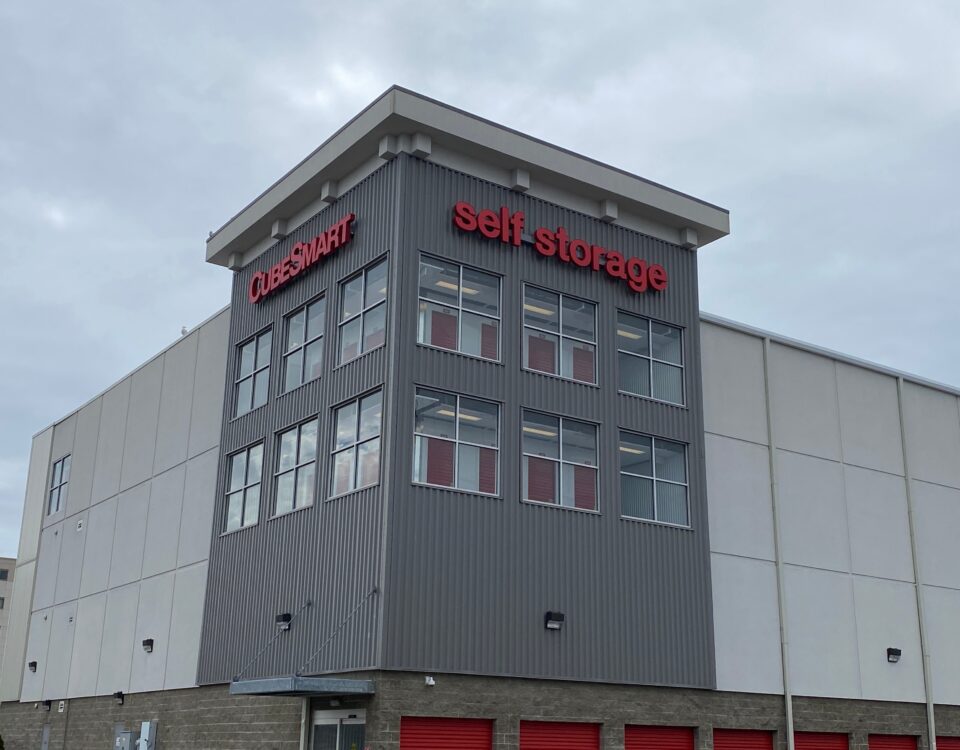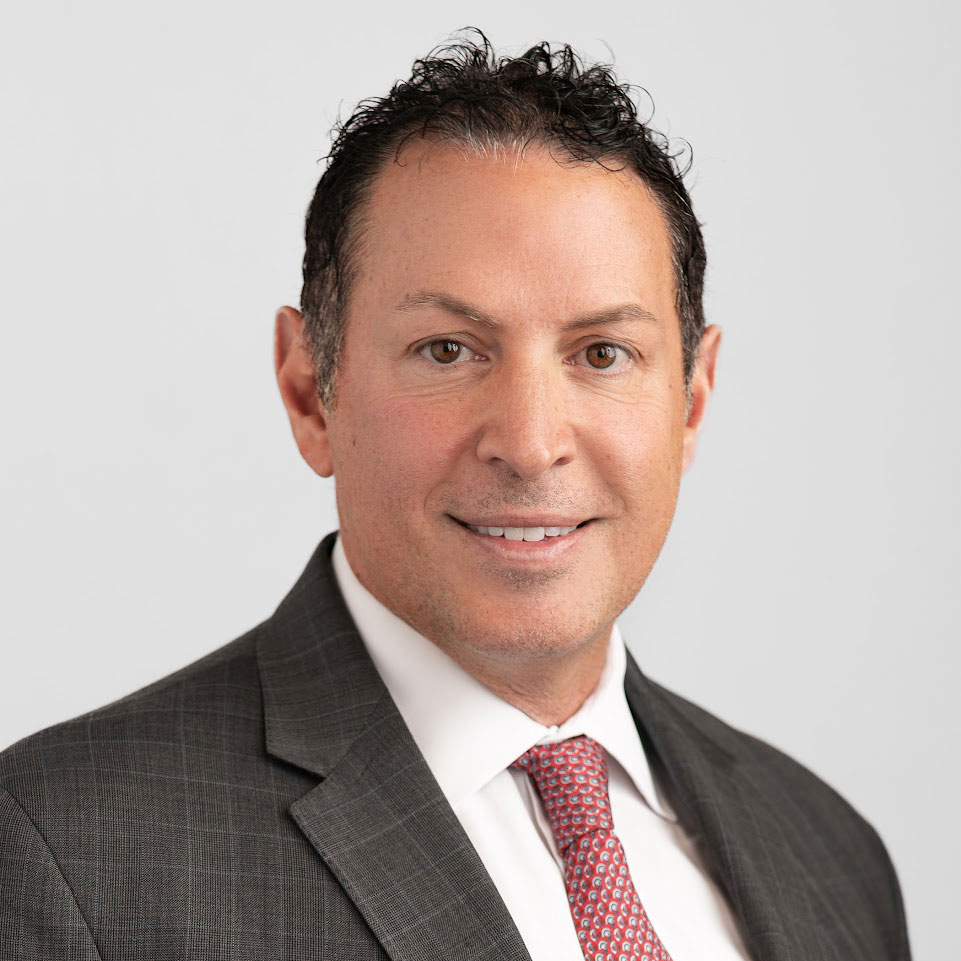
Why Invest Retirement Money in Alternative Assets
July 18, 2023
Current Dynamics in Real Estate Bridge Lending
August 16, 2023When faced with alternative investment options, one of the first areas that investors zero in on is returns. As there is generally less known about investing with a bridge lender than say, private equity or private corporate credit, how does an investor make a comparison among opportunities?
Here we cover three important things an investor should know about returns when investing with a bridge lender. The following points best apply to a bridge lender that takes an institutional approach—that is, conservative with leverage, data-driven, and annually audited.
1. Generally consistent returns A bridge lender’s diversified portfolio of loans is designed to generate stable monthly interest income. But look further: a private real estate lender with conservative loan to value (LTV) ratios should present a greater level of assurance that they won’t need to mark any loan down below principal. That’s only part one of returns. The second part is the origination fees, which also produce monthly income. For example, the 2-3% origination fee charged to a borrower on a $1M loan is amortized over the life of the loan (which is usually 12-18 months). The combination of monthly interest income plus amortized origination fees, with principal collateralized by quality real estate, typically means returns can be consistent.
2. Uncorrelated returns. A private bridge lender is not tied to public markets and, therefore, is not affected by their large swings. And because these loans are short-term—again, 12-18 months—there’s almost no volatility. Here the combination of short-term and private market keeps returns removed from public market whims and expectations. In turn, lenders aim to deliver the initial investment back upon loan maturity and, on average, returns relatively higher than longer-term conventional instruments, regardless of what is happening in the public markets.
3. Protected principal. Bridge lending is used in a multitude of industries. However, when you invest with a bridge lender that specializes in commercial real estate, there are real assets securing the loans.
What is the likelihood of the default scenario in CRE bridge lending? It depends. If, for instance, the bridge lender lends $6M against a $10M asset – for 60% LTV—the property value would need a 40% permanent decline to lose money on the principal. That’s a steep and enduring decline, and not all that common. And it is why quality and asset type are so important—and why, when considering allocating funds to a bridge lender, look for a bridge lender that uses an institutional approach.
For commercial real estate that holds its value, look for a CRE bridge lender that sticks to known locations and known types of collateral: collateral that fills a systematic void, such as multifamily housing, versus non-traditional collateral that’s subject to changing tastes and fads (cryotherapy treatment centers anyone?) Even if a property goes into default, the bridge lender can hold onto the asset until it recovers in value. In the case of non-traditional collateral, as an investor, not only are you taking on loan risk, you’re also adding on operational risk.
Last, layer onto your bridge lender selection criteria the application of data analysis and on-site knowledge to create the right valuation and the right LTV. Here the optimal combination is modern age computing and good old boots on the ground intelligence.
Want to learn more about investing with a bridge lender?
Investing with a bridge lender like Fairbridge, with an institutional approach to commercial real estate, presents opportunities for consistent and uncorrelated returns, as well as principal protection. Visit Fairbridgellc.com or email us info@fairbridgellc.com to learn more.


































